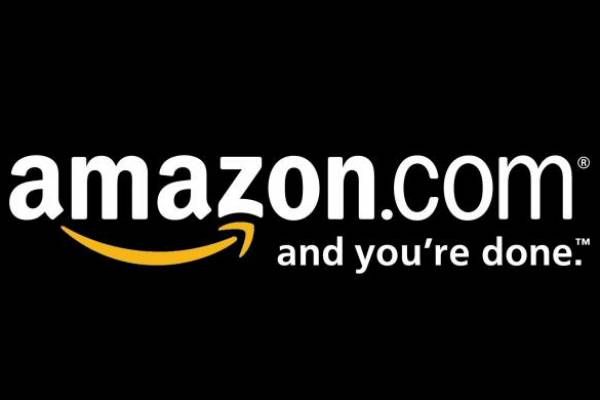Wal-Mart’s Deadly Competitors + Wrap Up of Marketing Ideas, ALL in ONE
The semester is coming to an end, and this is the last required blog for the assignment, and I must admit, that makes me a bit sad. Doing the blogs were actually quite an entertaining alternative from other strict, well-defined assignments. On a brighter note, at the end of this semester, I realized how much I gained out of this marketing course! As I was reading through this article online, I said to myself on several points in time, “Wow, look at all these terms I could apply – targeting, segmenting, direct and indirect competition, consumer behavior, branding, the marketing mix (product, price, place, promotion)!” Well, maybe, this is also due to the fact that all these terms have been drilled in our minds from the Group Assignments, and the various presentations we’ve had in the past two classes.

Now, let’s get back to the real subject, marketing, and how everything comes together in this one article, “The Consumer Trends that are Slowly Killing Wal-Mart”.
Wal-Mart, the world’s biggest and most famous retailer is facing a crisis. What? Well, simply put, changes – changes in economic conditions, changes in consumer behavior, and changes in technology. Through its cost-based pricing, Wal-Mart is known as a provider of low-priced, heavily discounted products, the major segment it focuses on targeting is low-middle income households. It is known to carry 100 000+ items in its huge stores.
So this seems all good and rosy, but, what is exactly the problem here? As summarized in the article, first of all, consumer behavior is changing; “even Wal-Mart’s core customer base of low-income households is now a significant part of this epic shift in shopping behavior”. Consumers are on a hunt for even better bargains. The term “bargain” I refer to not only includes better prices, but, convenience.

The deadliest convenience factors that are currently threatening Wal-Mart is the convenience of online shopping, which is provided by the online pioneer, Amazon.com, and secondly, the convenience of purchase in bulks with smaller scopes of alternatives which makes purchase decisions easier which is provided by the direct competitor, Costco. Amazon is able to thrive because it has kept up with technologic advances – the convenience of being able to shop online through one click on the computer, surfing through the iPad or Smartphone has been a major advantage for the online giant. Costco is fairing off better as it promises to have mark-ups that are guaranteed to be less than other retailers, and it has less variety of brands in its selection which is sometimes a plus for consumers who wants to make an easier purchase decision. They also have limited and irregular stock of products that attract buyers because there is a “fresh” feel each time they shop at Costco.


I personally have not shopped through Wal-Mart in whole, maybe sometimes to just pick up a few items because it was the only convenient place at the moment, and especially if the product I needed did not have to be of great quality (therefore, I could buy something that is cheaper, as compared to buying it from Shoppers Drug Mart). The amount of selection in the store overwhelms me, and the disorganization of many stores is also another factor that turns me away. Staff is always around shelving products, but when you need help, they are miraculously gone. Just from a personal point of view, I would prefer to shop at Costco instead. Easy, clean, simple stores, friendly services, and let’s not forget, food sampling!




